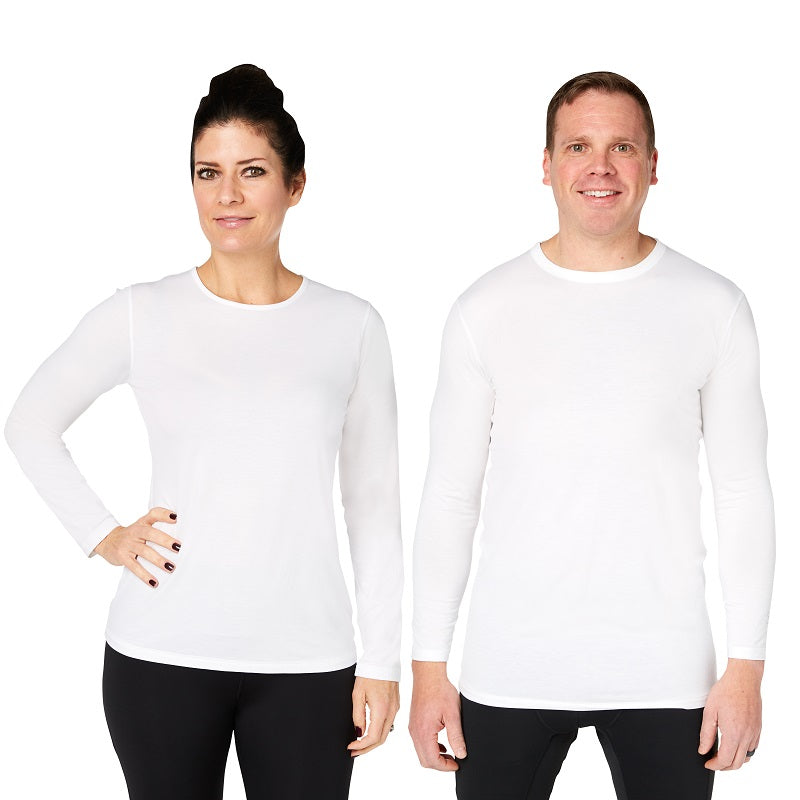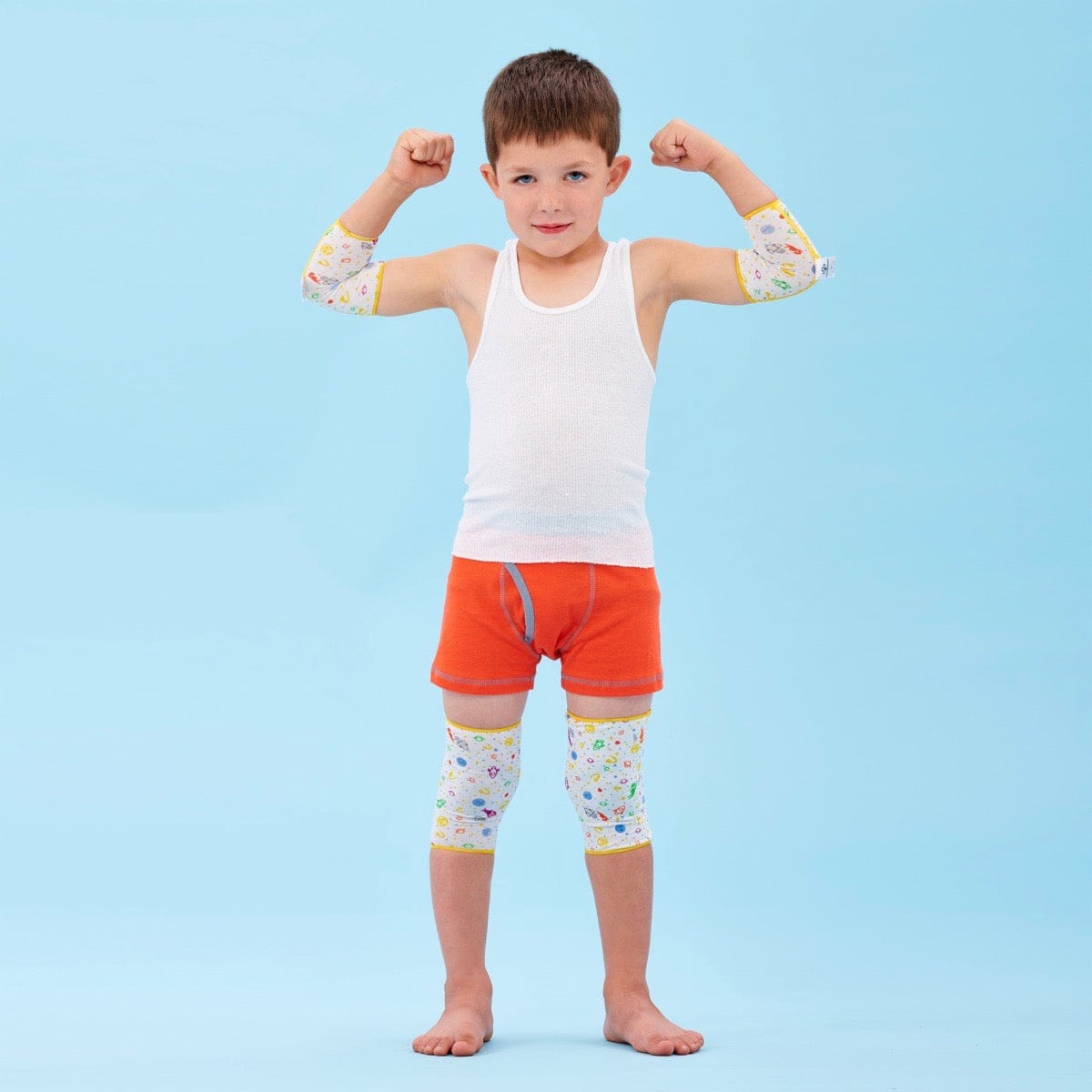In previous blog posts, we’ve mentioned that dust mites, chemical cleaning products, and pet dander can all be triggers for eczema and other skin conditions. So how do you create a comfortable, healthy environment for your son or daughter? Keep reading for tips from the National Eczema Association community.
- Start out small - Don’t think you have to try everything at once. Some parents see success shortly after removing all carpeting and curtains. You can even take it a step further by washing all of your child’s linens and stuffed animals weekly.
- Air out the house - It’s a good idea to occasionally get fresh air into your home by opening the windows. While you may not think to do this in the winter, the circulation of fresh air can have a positive impact on your child’s skin. There are also plenty of ways to get rid of dust mites.
- Use homemade laundry soap - The chemicals in many laundry soaps will only irritate eczema. Don’t be afraid to ask your child’s dermatologist for tips on how to make your own laundry soap that will be gentle on their skin.
- Vacuum every day - How often would you say you vacuum? Maybe once a week? If your child constantly itches at home, part of it could be attributed to all the dirt and debris in the carpet. The next time you vacuum, be sure to get your child’s bed. You wouldn’t believe how much dust is in their mattress. Remember that your son or daughter’s bed should be their haven.
- Use a home cleaning robot - It could be that you just don’t have time to vacuum every day. If that’s the case, you may want to purchase a home cleaning robot that cleans the home daily. On top of that, pick up some dust mite covers and an air purifier.
Establishing an allergy-free home is just the tip of the iceberg in terms of keeping your child comfortable. Here are some ways you can avoid trigger factors:
- Moisturize - Our skin works to provide a barrier against dirt, germs, and chemicals from the outside. For the most part, we don’t notice this barrier unless it gets dry. Keep in mind that dry skin is brittle while healthy skin is soft and flexible. Children with eczema have a defect in their skin, meaning their skin won’t stay moist. That’s why it’s so critical to moisturize on a daily basis.
- Wear soft clothes that are breathable - We’ve emphasized this in probably every blog post, but it’s worth mentioning again. Your child needs to steer clear of wool, nylon, and other stiff material. Soothems garments, on the other hand, reduce itchiness by protecting moisture levels of the skin, controlling bacteria growth, and soothing skin during recovery. Made from the innovative TEWLTect smart fabric, our garments provide maximum wearing comfort since the yarns are so soft, pliable, symmetrically rounded, and friction-free to reduce chafing.
- Stay cool - The majority of children with eczema notice that when they get hot, they itch. We’re not just talking about the summertime heat, either. Sweating can happen from exercise, wearing too many bedclothes, or from rapid changes in temperatures from warm to cold. At Soothems, we recommend that your child reduces exertion during times of flare. When there are drastic swings in temperature, be prepared with layered clothing that can be put on or taken off as needed. You can feel comfortable knowing that TEWLTect smart fabric helps regulate body temperature for greater comfort and can stop skin irritation altogether.
- Be systematic with food allergies - It’s fairly common for children with eczema to have food allergies as well. In general, parents tend to find eggs, milk, peanuts, soy, wheat, and seafood as likely offenders. That said, any foods can do it. Get in the habit of keeping a food journal where you track what your child has to eat. If for some reason a particular food causes hives or face swelling, temporarily eliminate the food group. Don’t go too far with this, though. Some parents make the mistake of excluding multiple food groups at the same time. Skin care experts confirm that it’s rare to have multiple food allergies that impact eczema. Plus, your child can become malnourished with prolonged avoidance of certain foods. So if you feel as though you need to manipulate your child’s diet for the sake of their skin, consult their physician first.
- Learn how to cope with stress-causing events - Children with eczema are forced to deal with stressful situations, just like the rest of us. Unfortunately, if your child struggles to cope effectively, there’s a good chance that their symptoms will worsen. That’s why it’s a good idea to form a good relationship with your child’s physician. Don’t be afraid to get in touch with a mental health professional. You may even want to consider a clinician who specializes in mindfulness. At home, be sure to make eczema treatments part of a daily routine.
Dependable Eczema Clothing
We are proud to offer a wide selection of therapeutic clothing for eczema. Soothems has everything from eczema suits and eczema sleeves to eczema bottoms and eczema sleepwear. What makes Soothems different? Well, our team believes in the healing power of the story. Our storybooks are written to be paired with our eczema clothing, which is created to ease the discomfort of your child’s sensitive skin. The combination of having your child wear Soothems with the special disappearing prints and then reading them one of our books will delight and comfort your child into a more restful night’s sleep.
Shop our products now.









Leave a comment
All comments are moderated before being published.
This site is protected by hCaptcha and the hCaptcha Privacy Policy and Terms of Service apply.